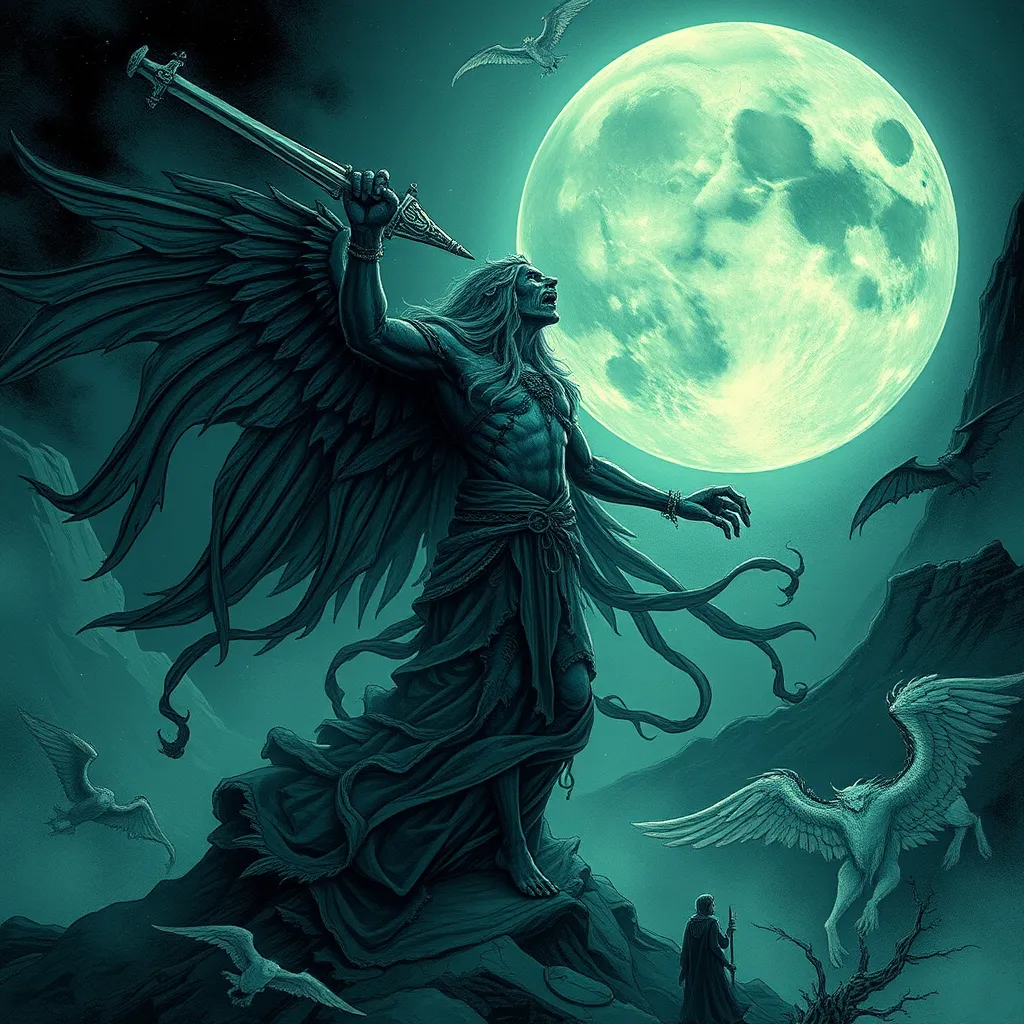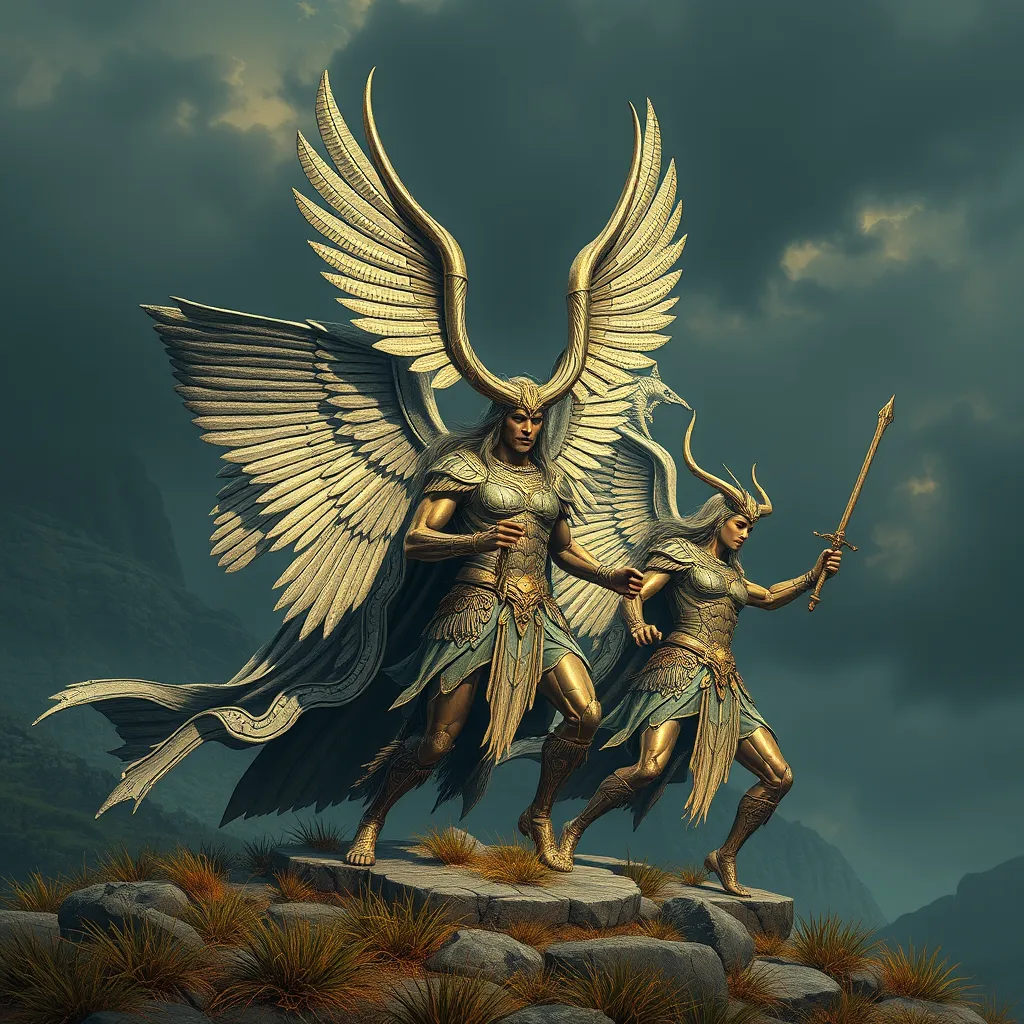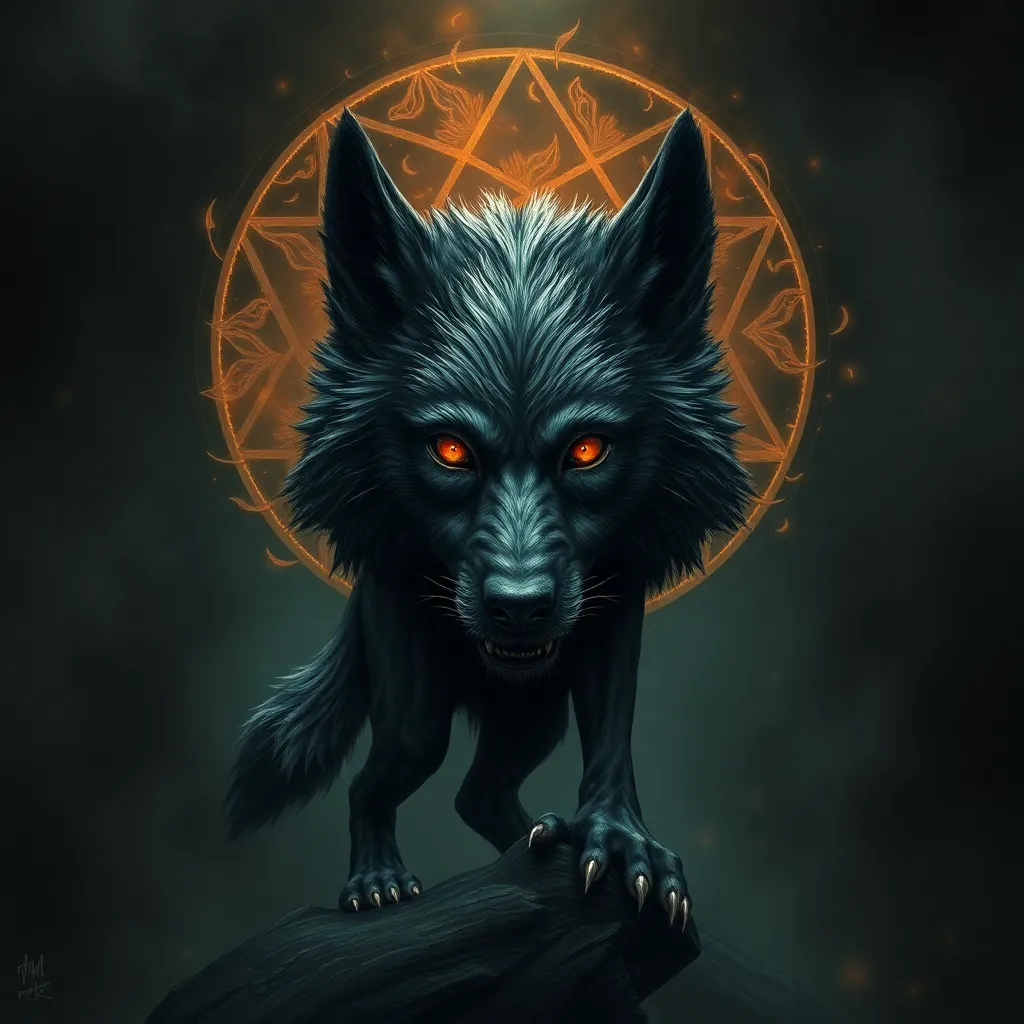The Thunderbird: A Native American Legend of a Giant Bird and Bigfoot Connection
I. Introduction
The Thunderbird is one of the most revered figures in Native American mythology, representing power, strength, and the forces of nature. This legendary creature has captivated the imagination of many, symbolizing not just a giant bird, but also an essential connection to the spiritual world. Interestingly, the Thunderbird is often linked to another enigmatic figure in folklore—Bigfoot. This article aims to explore the Thunderbird legend, its origins, characteristics, and its connection to Bigfoot, while highlighting the cultural significance of these myths in contemporary society.
II. The Origins of the Thunderbird Legend
The origins of the Thunderbird legend can be traced back to various Native American tribes across North America, each with its own interpretation and significance. From the Pacific Northwest to the Great Plains, the Thunderbird appears in numerous tribal myths and stories, often embodying the spirit of the storm.
In many cultures, the Thunderbird is not just a mythical creature but a powerful spiritual entity. For instance:
- The Lakota view the Thunderbird as a protector and a symbol of fertility.
- The Ojibwe believe that the Thunderbird controls the rain and thunderstorms.
- The Algonquin tribes see the Thunderbird as a warrior and a bringer of life.
These variations illustrate the significance of the Thunderbird in Native American spirituality, often regarded as a bridge between the earth and the heavens. Common themes associated with the Thunderbird include:
- Power and strength over nature.
- Protection of the people and the land.
- The ability to create storms and thunder.
III. Descriptions of the Thunderbird
The Thunderbird is often described as a colossal bird, with immense wings that create thunder as they flap. Its striking appearance varies across tribes, but there are some common physical attributes:
- Wingspans that can cover vast areas, sometimes described as a mile wide.
- Feathers that shimmer in various colors, often depicted as bright and vibrant.
- Eyes that resemble glowing embers, capable of emitting lightning.
Cultural depictions of the Thunderbird are abundant in Native American art, from intricate carvings to vibrant paintings. In storytelling, the Thunderbird often plays a crucial role in mythological narratives, where it battles evil spirits or brings rain to the parched earth.
Moreover, the Thunderbird’s connection to natural phenomena is profound. It is said that when the Thunderbird flies, it causes storms, and its cries echo like thunder across the sky.
IV. The Bigfoot Connection: Similarities and Speculations
Bigfoot, or Sasquatch, is another legendary figure that has fascinated people across cultures. Much like the Thunderbird, Bigfoot is shrouded in mystery and has become a symbol of the unknown. While originating from different cultural contexts, there are intriguing similarities between the two figures.
Key traits shared by the Thunderbird and Bigfoot include:
- Both are seen as elusive and powerful beings that exist on the fringes of human understanding.
- They carry significant cultural weight, often representing the spirits of nature.
- Both figures have been subjects of numerous sightings and folklore across various regions.
The theories speculating on the relationship between the Thunderbird and Bigfoot often revolve around the interpretation of nature and the unknown. Some believe that both figures symbolize humanity’s respect for the wild and the forces that govern it, serving as reminders of the mysteries that lie beyond our comprehension.
V. Modern Interpretations and Popular Culture
In contemporary media, the Thunderbird continues to inspire various forms of storytelling, from novels and films to video games. It is often depicted as a powerful guardian or a force of nature. Similarly, Bigfoot has become a pop culture phenomenon, appearing in countless documentaries, movies, and television series.
The evolution of both figures in modern folklore reflects society’s fascination with the unknown and the supernatural. Some notable examples include:
- Movies like “Thunderbirds” and “Harry Potter” featuring mythical creatures inspired by the Thunderbird.
- Documentaries exploring the legend of Bigfoot, such as “Finding Bigfoot.”
- Video games featuring both figures as characters or elements of the storyline.
VI. Cryptozoology and the Search for the Thunderbird and Bigfoot
Cryptozoology, the study of and search for animals whose existence is not substantiated by mainstream science, has taken a keen interest in both the Thunderbird and Bigfoot. Researchers and enthusiasts alike have embarked on quests to find evidence of these legendary creatures.
Notable sightings and evidence collected over the years include:
- Photographs and videos claiming to show Bigfoot in various locations across North America.
- Reports of enormous bird-like creatures, particularly in the Midwest, resembling the Thunderbird.
- Tracks or other physical evidence left behind, sparking further investigation.
The public’s interest in these legends has also had an impact on conservation efforts, as the search for Bigfoot and the Thunderbird often emphasizes the importance of preserving natural habitats.
VII. Cultural Significance and Preservation of Legends
Preserving Native American myths like the Thunderbird is crucial for maintaining cultural identity and heritage. These stories are not merely tales but are woven into the fabric of community life, serving as educational tools and sources of inspiration for future generations.
The role of storytelling in community identity cannot be overstated. It fosters a sense of belonging and continuity, reminding individuals of their roots and shared history. Contemporary movements aimed at keeping the Thunderbird and Bigfoot legends alive include:
- Workshops and storytelling events organized by Native American communities.
- Educational programs that teach younger generations about their cultural heritage.
- Collaborative art projects that reinterpret traditional myths through modern lenses.
VIII. Conclusion
The connection between the Thunderbird and Bigfoot highlights the rich tapestry of folklore that exists within Native American culture and beyond. Both figures serve as powerful symbols of nature’s mysteries and humanity’s quest for understanding. As these legends continue to evolve in modern narratives, it is essential to appreciate and respect the indigenous stories that have shaped our understanding of the world.
In reflecting on the enduring nature of these legends, we are reminded of the importance of preserving cultural narratives that connect us to the past while guiding us toward a more profound appreciation of the natural world.



